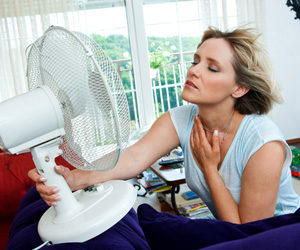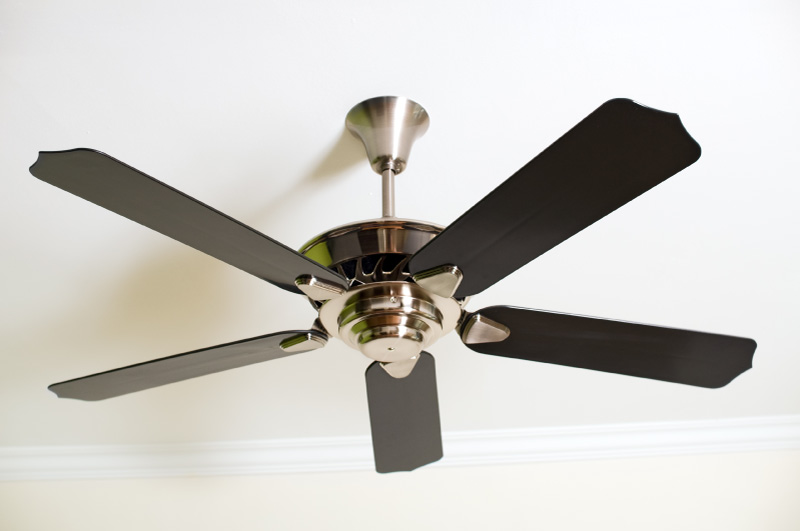Most people understand a basic principle about air — warm air rises, cool air sinks. If you aren’t familiar, this principle is demonstrated by watching a hot air balloon in action. When it’s filled with heated (light) air, the balloon rises. When the air inside the balloon cools down, it becomes dense (heavy) and the balloon lowers to the ground.
This principle applies to all air, including the air inside your home. Warm air rises to the upper levels of a house, cool air drops to the lower level of a house. In building science language, this is called stack effect

During summer months, warm air enters your home through penetration points around the home (e.g. doors, windows, small air leaks around the building envelope) and rises to the upper level of the home. When the HVAC runs, that cooled air drops to the main level of the home. How does this play out? Your upper levels are hot and the main level is cool. Running the HVAC system more won’t cool the upper level, since the cool air will continue to drop to the main level.
Let’s take this one step further and think about winter. In the winter, warm air inside the home is desired. What do homeowners do? They turn up the HVAC system. The HVAC system warms the main level, and that warm air naturally rises to the upper level of the home. Since warm air is light, that conditioned air escapes through air leaks in the roof. The HVAC system continues to run and heated air continually escapes through the roof. It’s a vicious cycle that can send energy bills through the roof.
If you dread the upper floors of your home during summer months because of hot and uncomfortable air, your home needs air sealing and insulating. Contact us to discuss your home’s summer comfort issues and schedule a free estimate.


